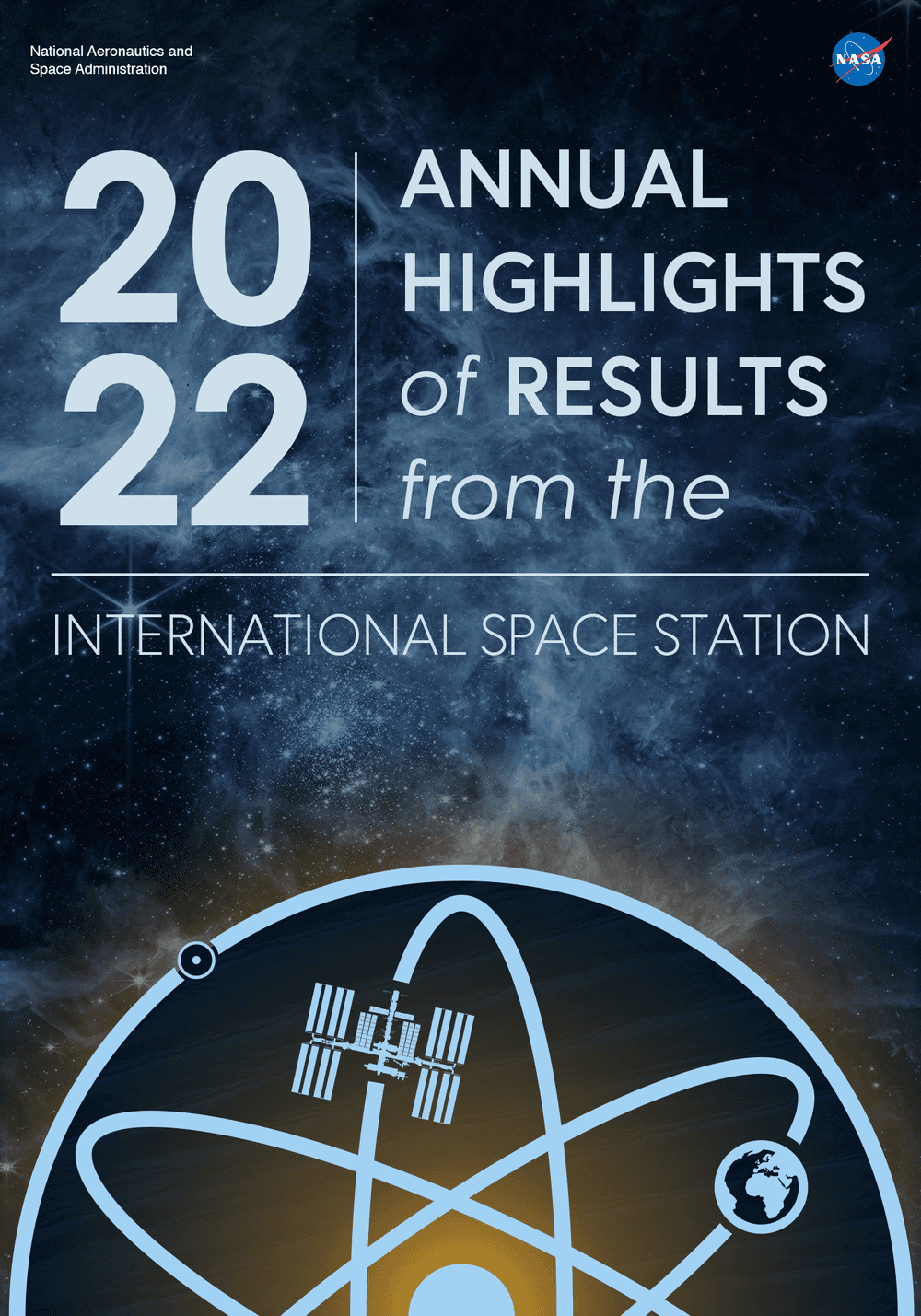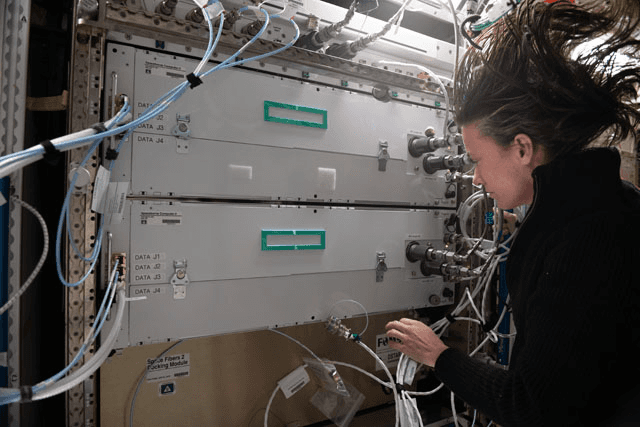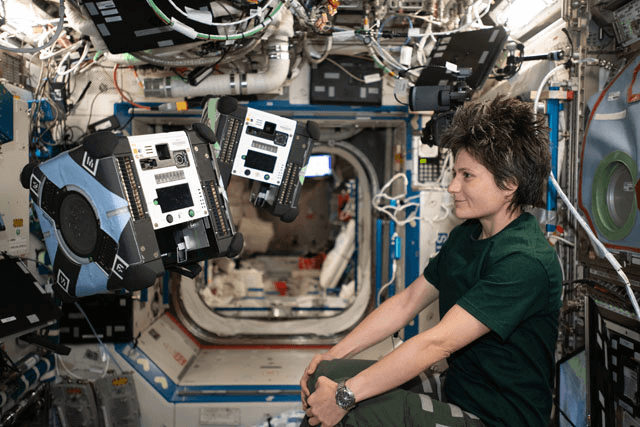Station Science Top News: Feb. 03, 2023
The Annual Highlights of Results from the International Space Station 2022 is now available!
Check out some of the best and most recent science published by International Space Station investigators, new dynamic bibliometric analyses of scientific impact, and the full record of publications archived in 2022.
Recently the ISS hit 500 top tier scientific publications based on station research. These papers from ISS investigators were reported in some of the best journals that uphold a rigorous scientific peer-review. These journals are ranked in the top 100 spots out of over 12,000 journals available in the world.
For this current edition of the AHR, explore a new website, the promo video and information in Spanish.

NASA’s Spinoff 2023 publication is now live! It features a number of spinoff technologies based on space station technology and research including a cancer diagnostic test, underwater robots, and agricultural tools.
The book in total features more than 40 companies using NASA technology, research, and funding to create better batteries to store green energy, improve airport ground traffic to save passengers and airlines time while cutting fuel costs, heal wounds faster on humans and animals, and more.

Spaceborne Computer-2 researchers tested embedded applications in a new generation of commercial off-the-shelf processors aboard the space station and found that that the applications provided faster processing speed and lower power consumption. This experiment is the first step in developing software models for future satellites, lunar outposts, and more to perform onboard data analysis.
These processors used neural networks in the hardware to enable machine learning. The testing aimed to improve image analysis (classification, segmentation, and resolution) and navigation using Mars imagery as data.

View taken of Spaceborne Computer-2 in Columbus module with astronaut Megan McArthur. Credits: NASA/Megan McArthur
NASA’s Astrobee free flying robots configured with mechanical grippers demonstrated grasping of a free-floating handrail. These data could be used to design and improve robotic maneuvers for surveying, object manipulation, search and rescue, and sensor data collection. In space, these hopping operations could transport materials and sensors for in-orbit assembly.
Results from tests on the ground and the space station showed that Astrobees can launch themselves from one location to another, and that researchers can manipulate mechanical locomotion if the desired trajectory is initiated from an object of similar size and mass. Autonomous robots like these could potentially take tasks off human astronauts, freeing up precious crew time.

ESA (European Space Agency) astronaut and Expedition 67 Flight Engineer Samantha Cristoforetti monitors a pair of Astrobee free-flying robots in the Destiny U.S. Laboratory. Credits: European Space Agency/Samantha Cristoforetti







